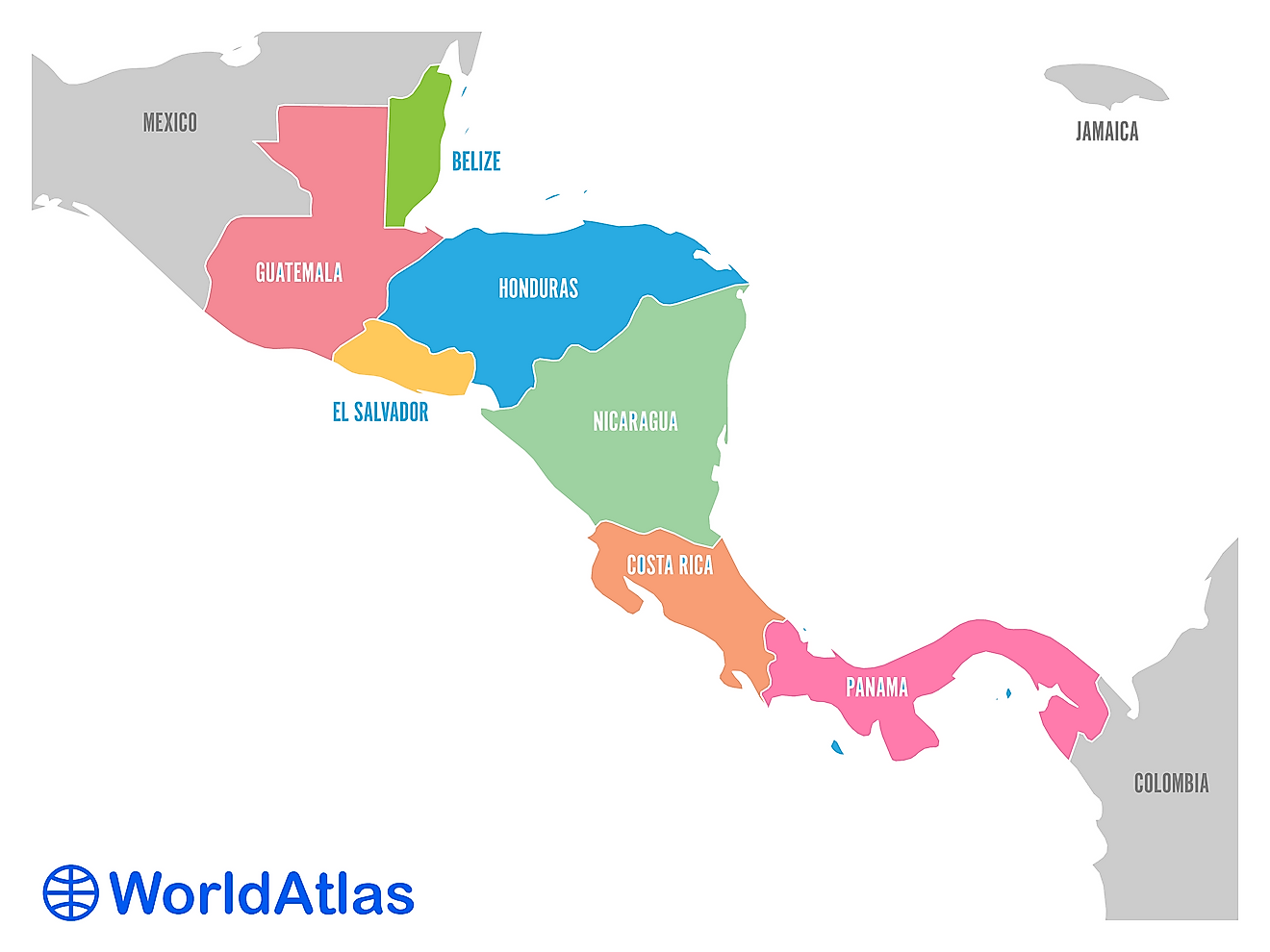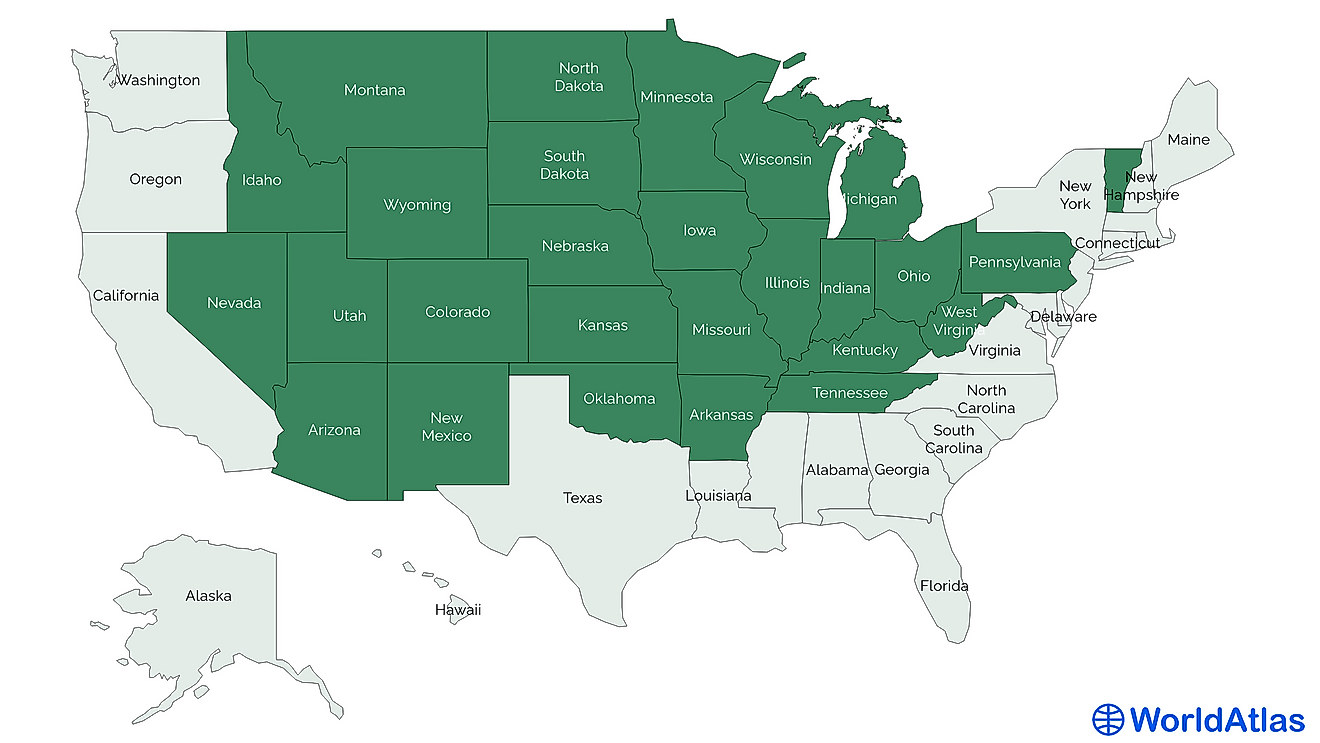What Is Before Present Or BP?

Years Before Present (BP) refers to a time scale used by geologists and archaeologists among other scientists in different fields of studies to denote an event that took place in the past. January 1, 1950, is typically taken as the starting date of the time scale, indicating the 1950s as the time when scientists began using the technology of radiocarbon dating.
Radiocarbon Dating
Radiocarbon dating is a technique used to determine the age of different objects that have organic materials by the use of radiocarbon, which is a carbon isotope that is radioactive. This technique was discovered in the 1940s. Radiocarbon dating utilizes the idea that 14C (radiocarbon) is seamlessly being generated in our atmosphere through the interactions between atmospheric nitrogen and the cosmic rays. The oxygen in the atmosphere combines with the 14C resulting in radioactive atmospheric carbon dioxide that is used by plants during the photosynthesis process. The animals would acquire 14C when they consume plants. Eventually, when the plants and animals die, they stop carbon exchange with the environment. From that instant onwards, 14C continue to decrease because of radioactive decay. A sample of a dead organism like an animal or a plant can be analyzed for the remaining 14C and thereby determining when the plant or animal died. The half-life of radiocarbon 14C is 5,700 years. This is the time it takes for the quantity of 14C to reduce to half the initial value.
Effects Of Radiocarbon
After a few decades following the discovery of radiocarbon dating, it was found that although the dates derived from the process had a reliable and repeatable progression, they were not matching one-on-one with the calendar years. Besides, it was also found that radiocarbon dating was to a large extent affected by the amount of atmospheric carbon which had fluctuated significantly over the years after results of human-made and natural causes such the Industrial Revolution, the invention of iron smelting, the invention of the combustion engine, and the nuclear testing.
Corrections To Account For 14C Fluctuation
Dendrochronology is one of the techniques used to calibrate radiocarbon dating to match the calendar dates. The annular rings on trees maintain records of the atmospheric carbon, and they are used by matching them with the known fluctuations of atmospheric carbon. The process has been improved and refined several times over the years. BP was invented as a way of clarifying the connection between radiocarbon dates and calendar dates.
Other Designations Of Calendar Dates
Anno Domini (AD), which translates to the Year of Our Lord, is a dating system in the Christian calendar that corresponds to the birth of Jesus Christ. Anno Hegira (AH), which translates to the Year of the Journey, is a dating system in the Islamic calendar that corresponds to the date of pilgrimage of Prophet Mohammed to Mecca. Anno Mundi (AM), which translates to the Year of the World, is a dating system in the Hebrew calendar that is calculated from the date the world was created. Other designations include BC, BCE, and CE, among others.











